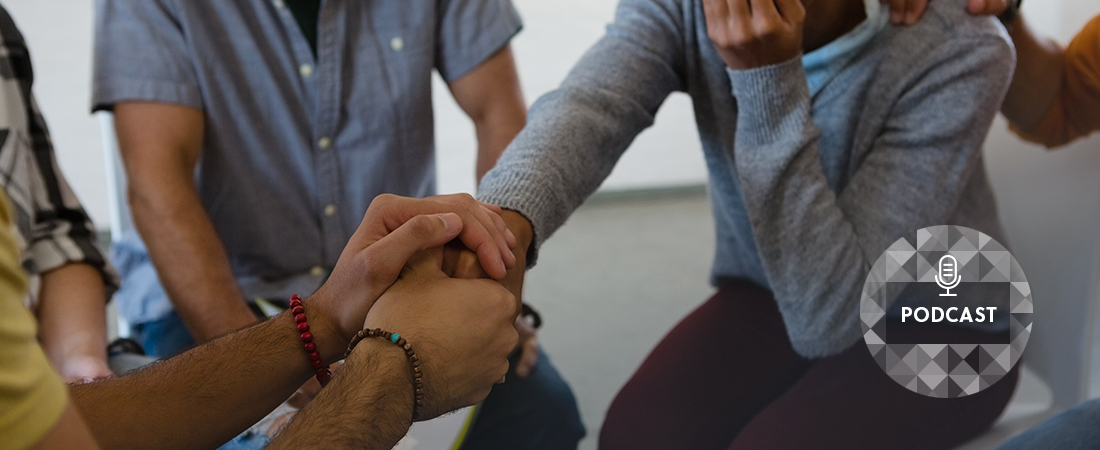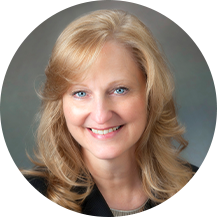The Voice of Experience

Call the National Suicide Prevention Lifeline at 1-800-273-TALK (1-800-273-8255) or visit www.suicidepreventionlifeline.org.
Mosaic: The EDC Podcast
Listen in as our experts discuss a wide range of current topics. Check out all of our podcasts.
The phrase “nothing about us without us” came to symbolize the disability rights movement of the 1990s. Today, it could just as easily be applied to the suicide prevention movement, where people who have lost a loved one to suicide, or who have survived a suicide attempt themselves, are increasingly sharing their stories to improve suicide prevention programming.
EDC’s Terresa Humphries-Wadsworth is one of them. A suicide survivor herself, Humphries-Wadsworth has led the development of "Engaging People with Lived Experience: A Toolkit for Organizations" to help organizations include those with lived experience in their suicide prevention efforts. In this podcast, Humphries-Wadsworth discusses the toolkit and explains how organizations can create a more welcoming environment for people who have personal experience with suicide to share their stories.
On why it is important for suicide prevention efforts to include the perspective of people with lived experience
Humphries-Wadsworth: They’re the ones who are truly the experts in this area. They know what it’s really like to walk in those shoes, or walk beside someone who is experiencing suicidal thoughts, feelings or impulses. Their perspective helps us have insight into what’s going to be most effective.
On how common it is for people to have lived experience with suicide
Humphries-Wadsworth: [T]he National Survey on Drug Use and Health revealed that about 10.6 million adults within the past year had thought about it. So that’s about 4 percent. And 1.4 million adults made a suicide attempt in the past year. So it’s not common, but it’s not unusual, to have been touched by suicide in some way.
On how the new toolkit incorporates lived experience
Humphries-Wadsworth: The toolkit is really designed as an intro to this whole idea about lived experience, and how organizations can begin recruiting individuals with lived experience to be more active within their organization and within their specific activities. . . . [We talk about] what is lived experience, how do you find people with lived experience . . . and then what are the benefits? What’s the benefit for the organization, for the individual, and for the community?
On how her own lived experience informed her work on the toolkit
Humphries-Wadsworth: I personally have lived experience—about four generations of suicidal behaviors within my family, from my own attempt when I was a teenager to my youngest son’s very serious attempt about 19 months ago. So walking along in those parallel shoes helped me bring that experience forward and share with others.
